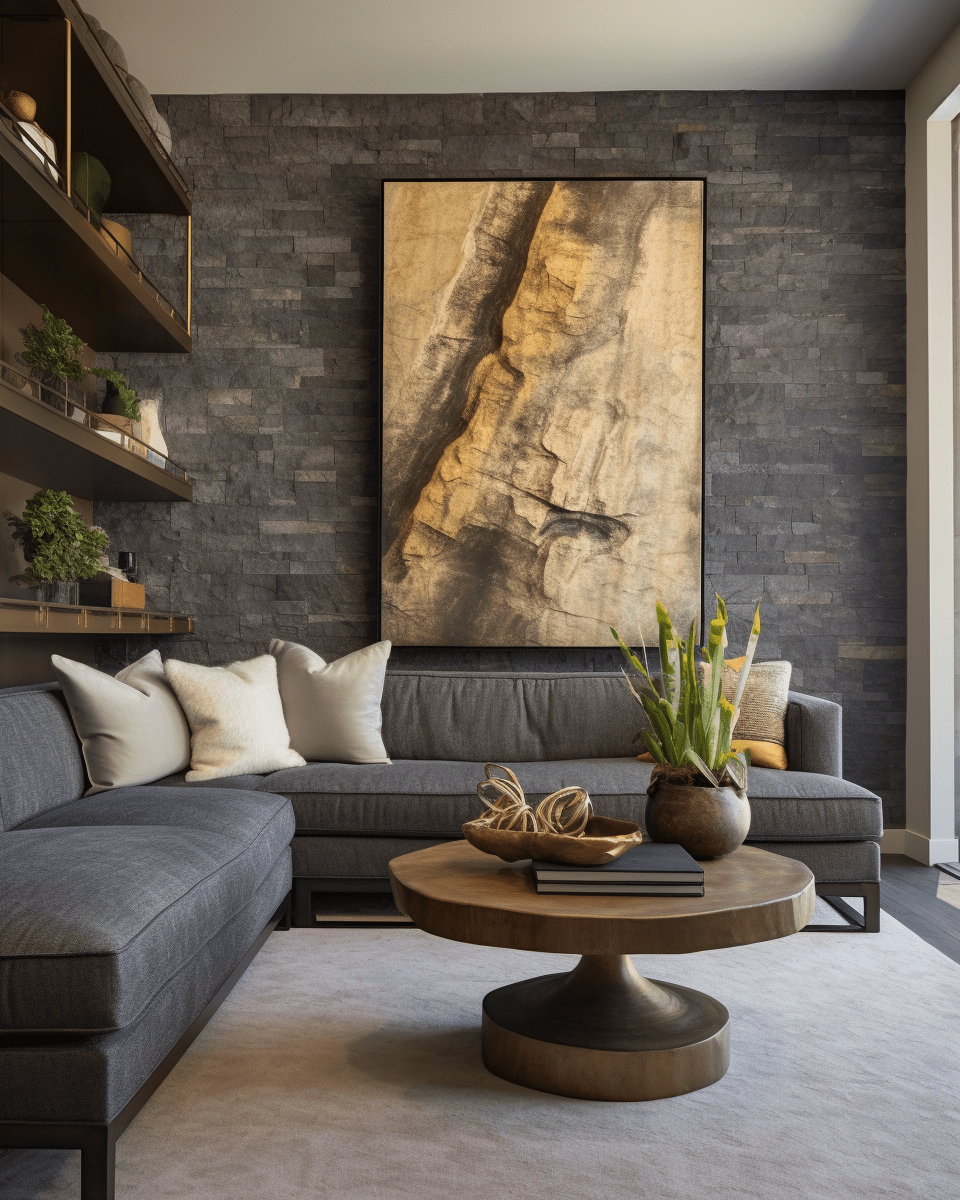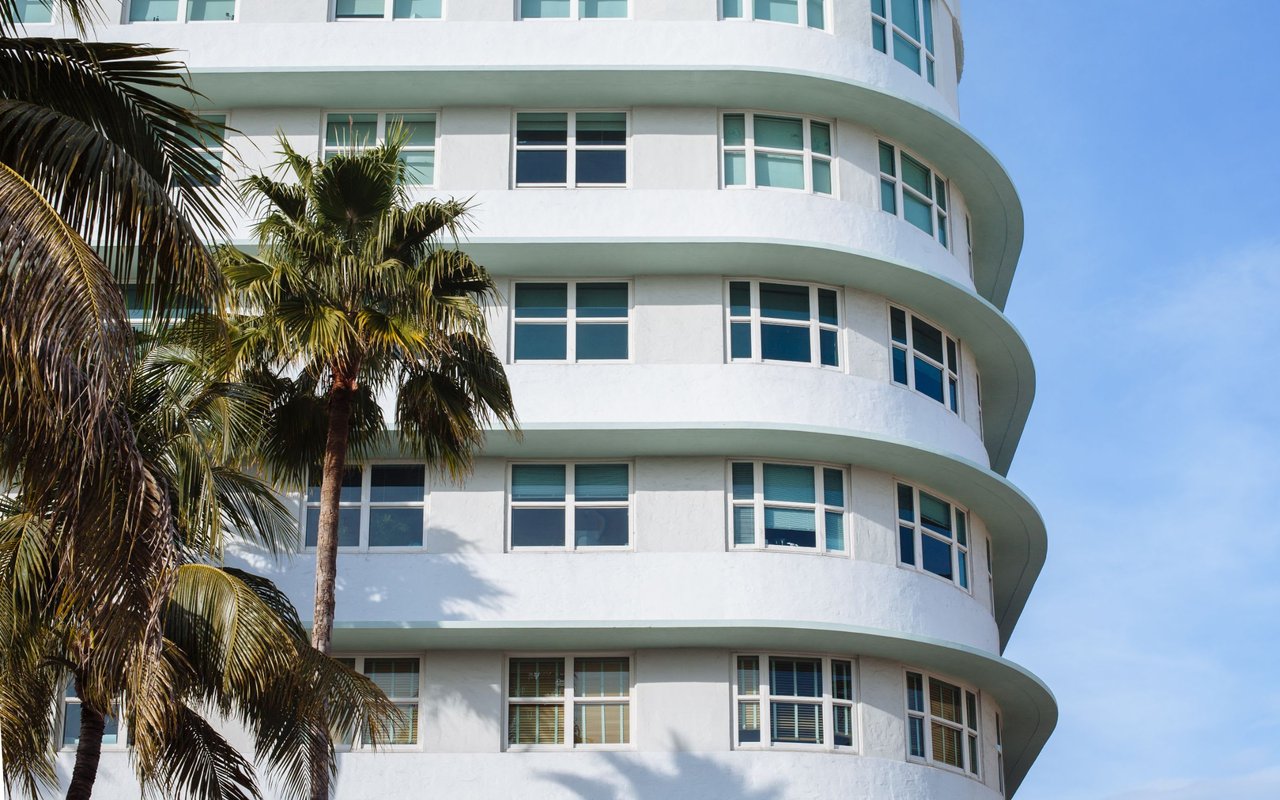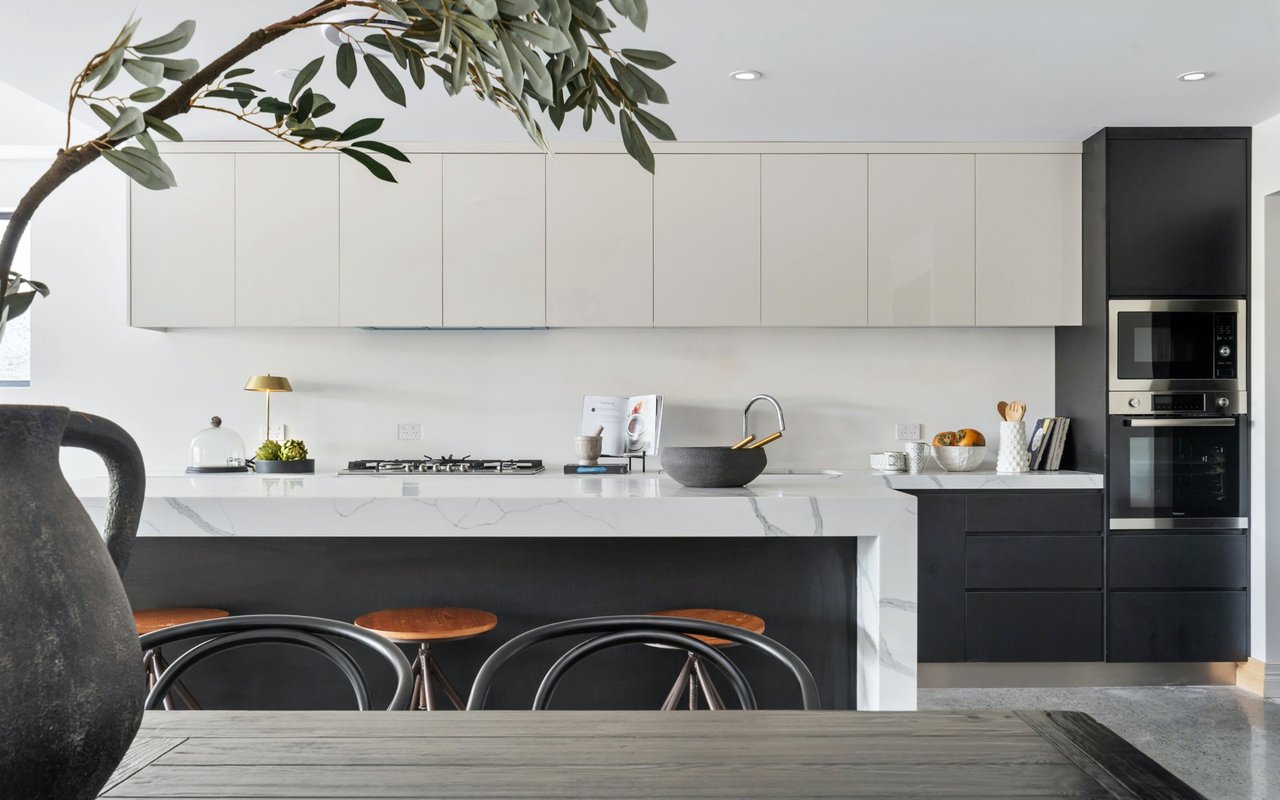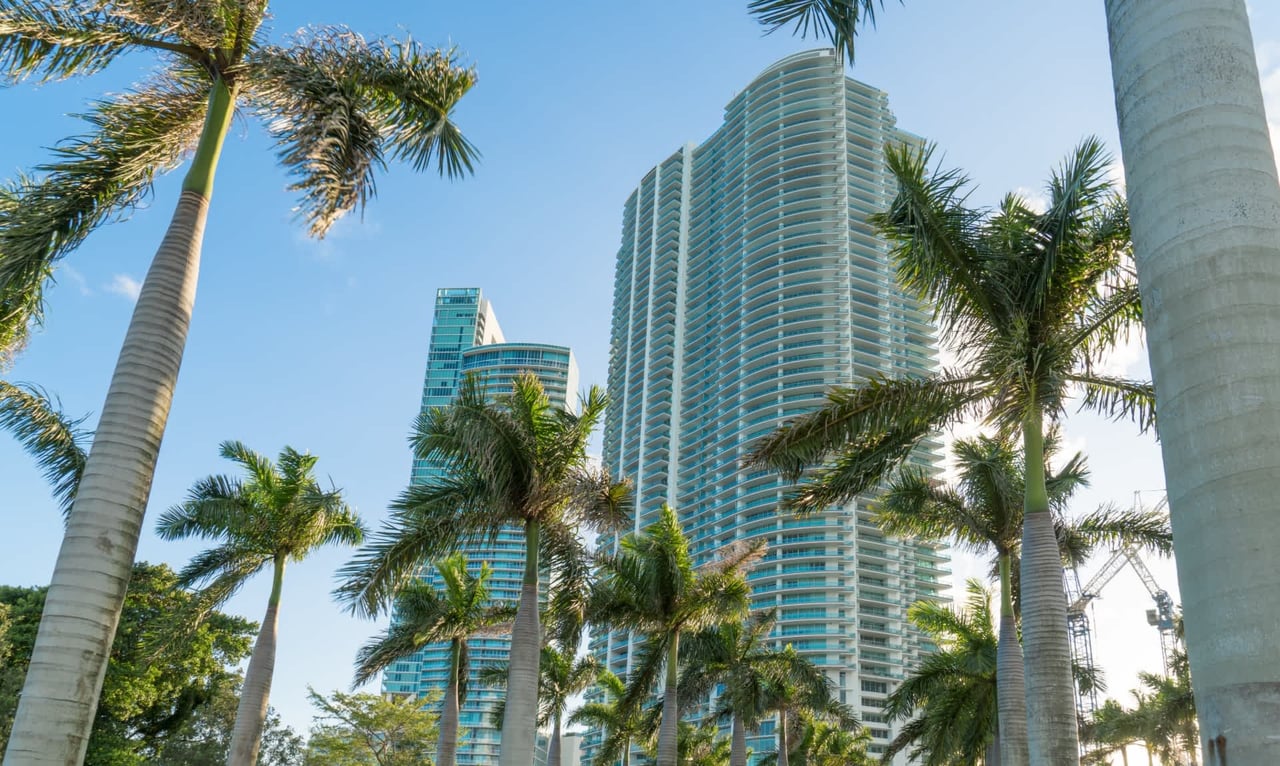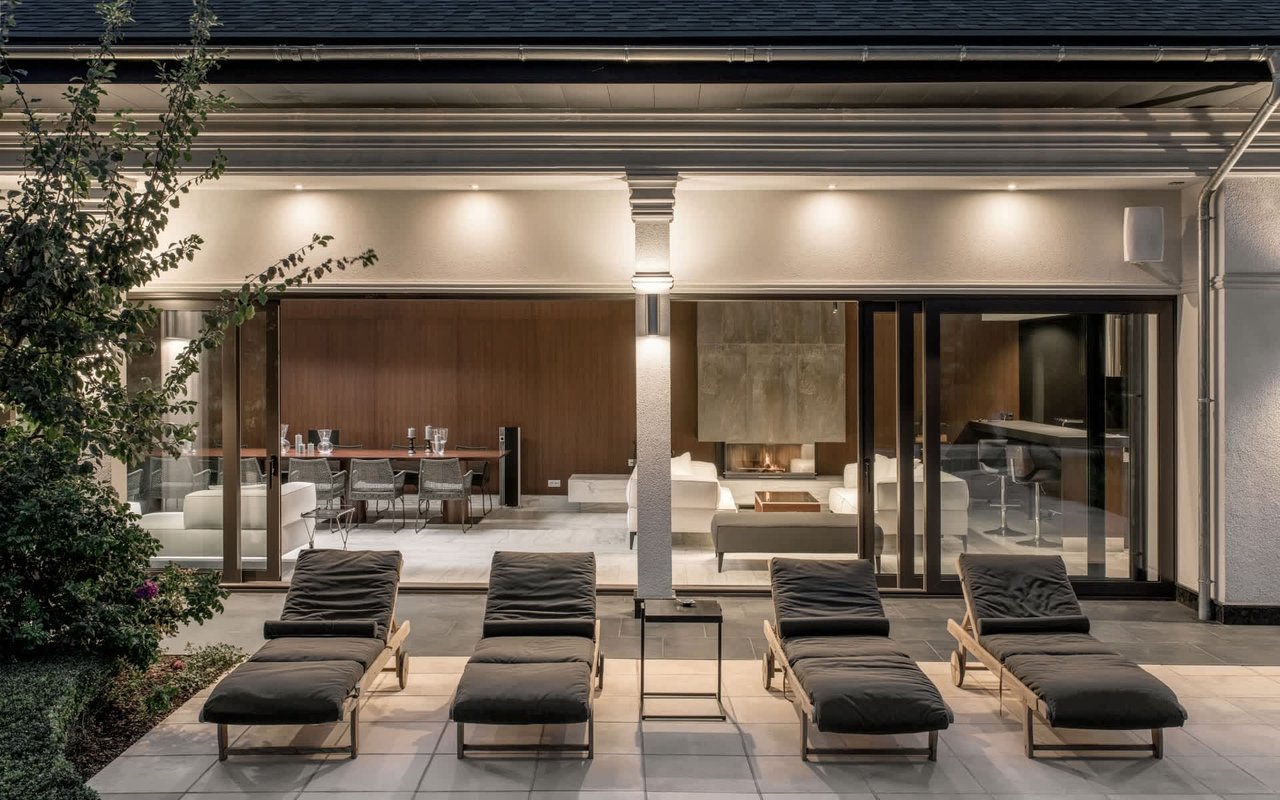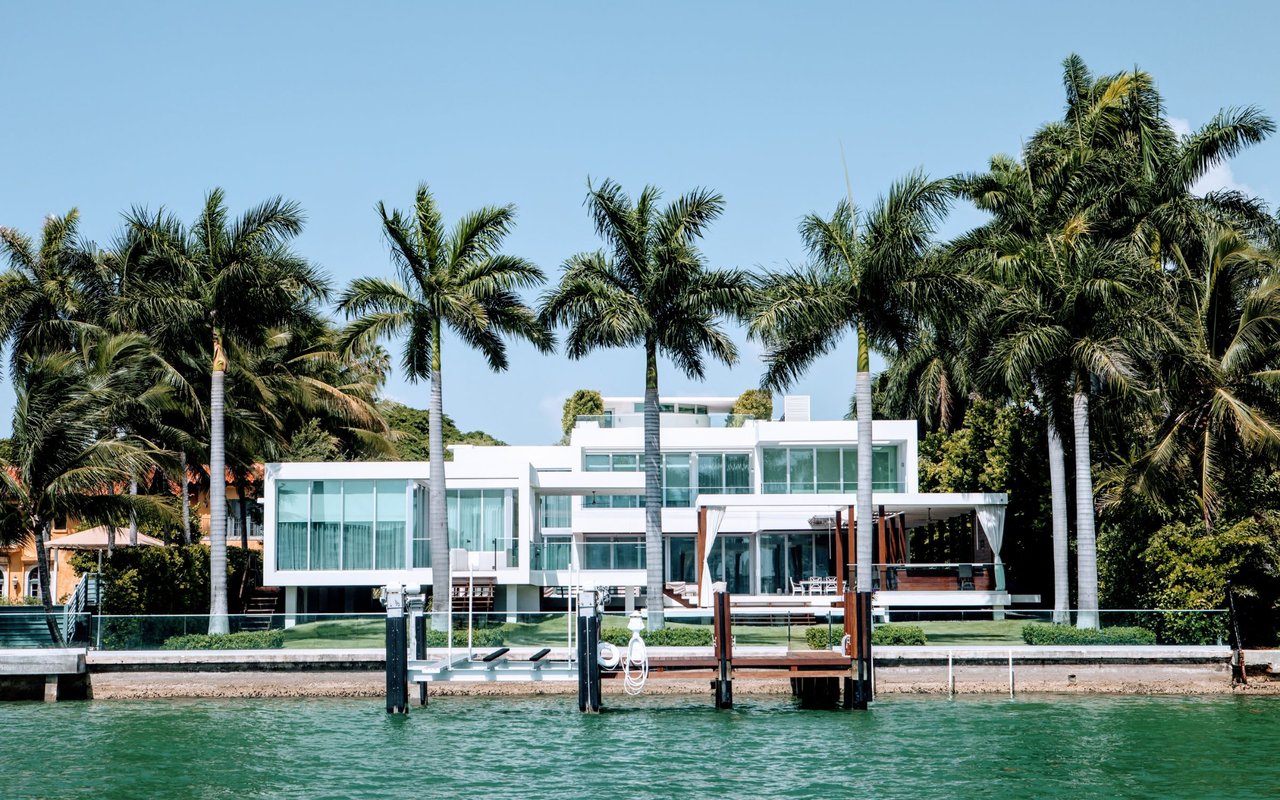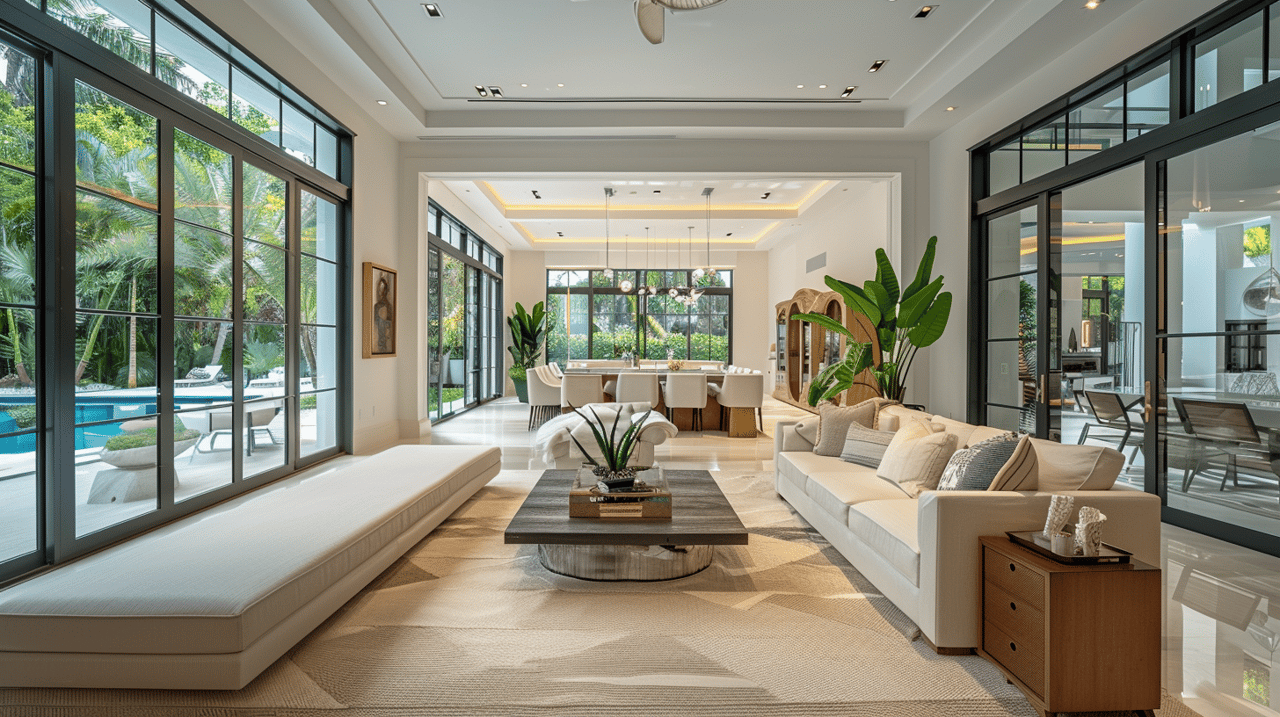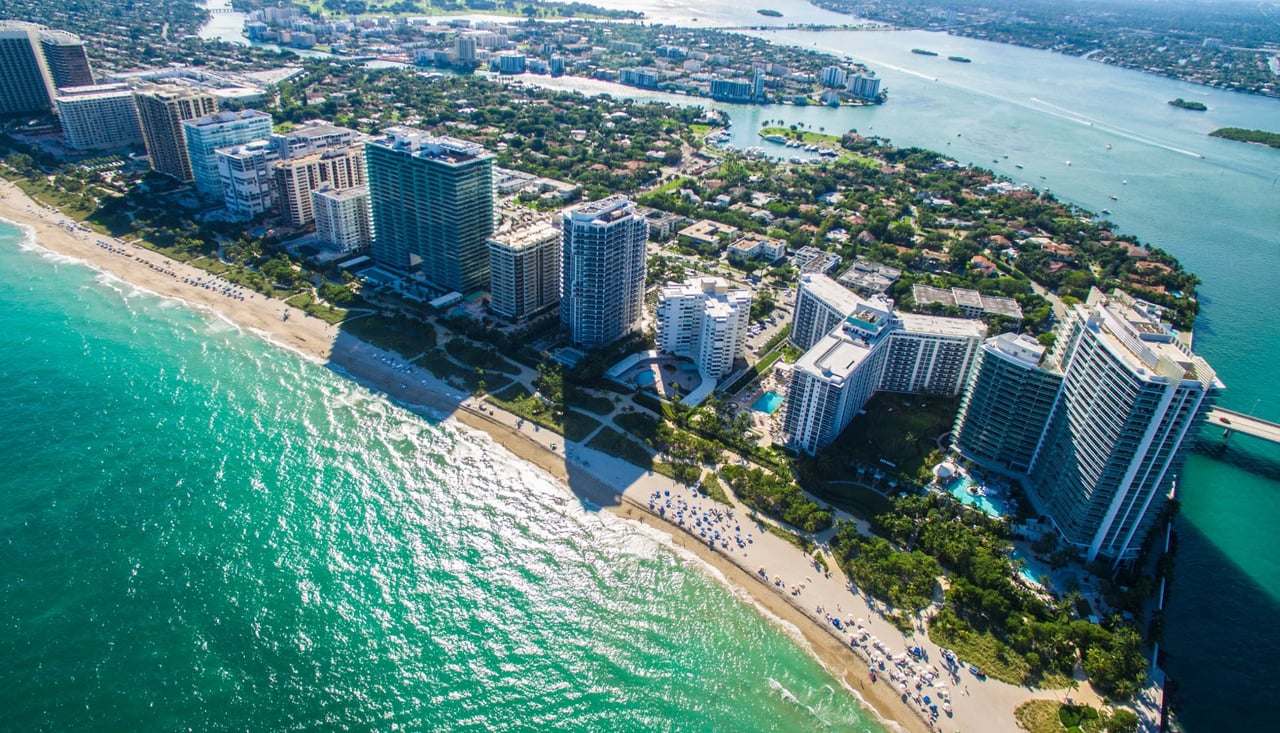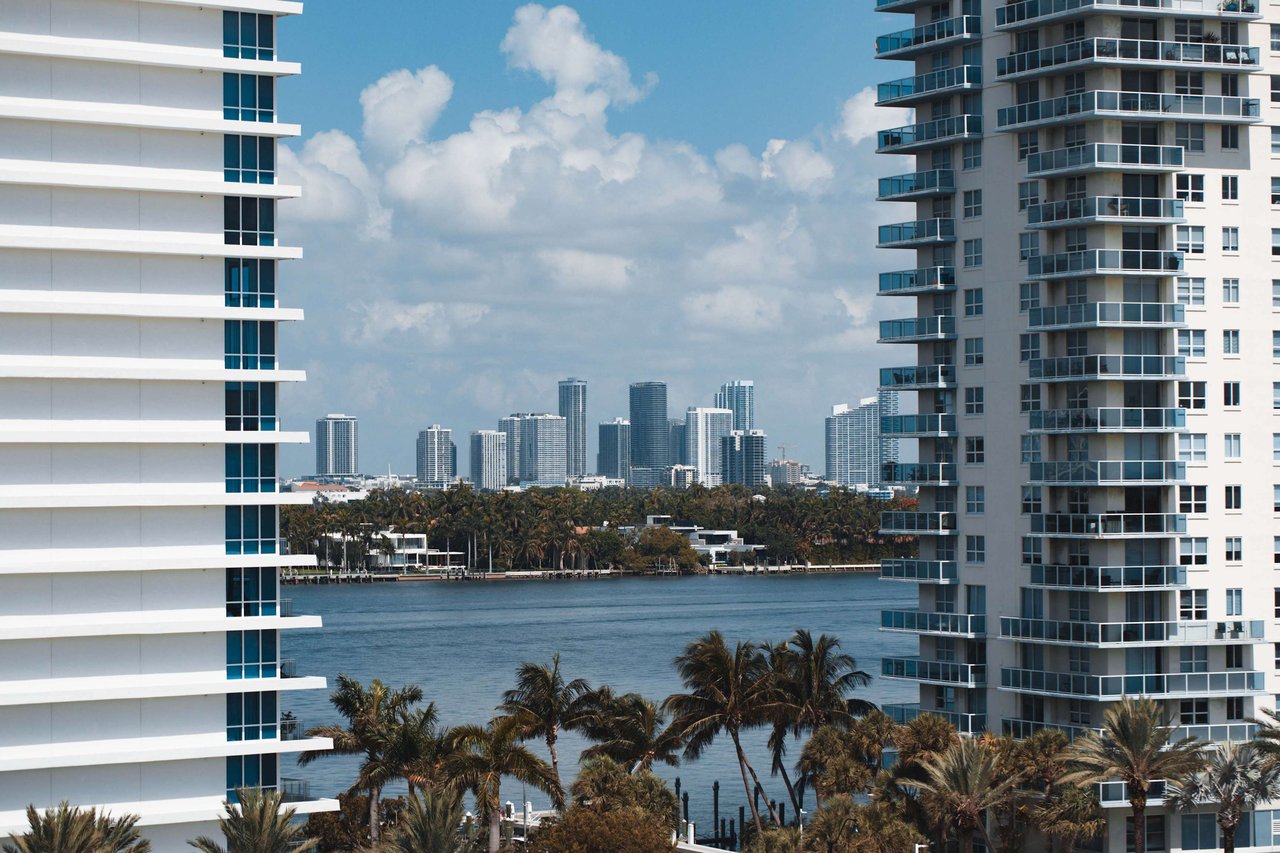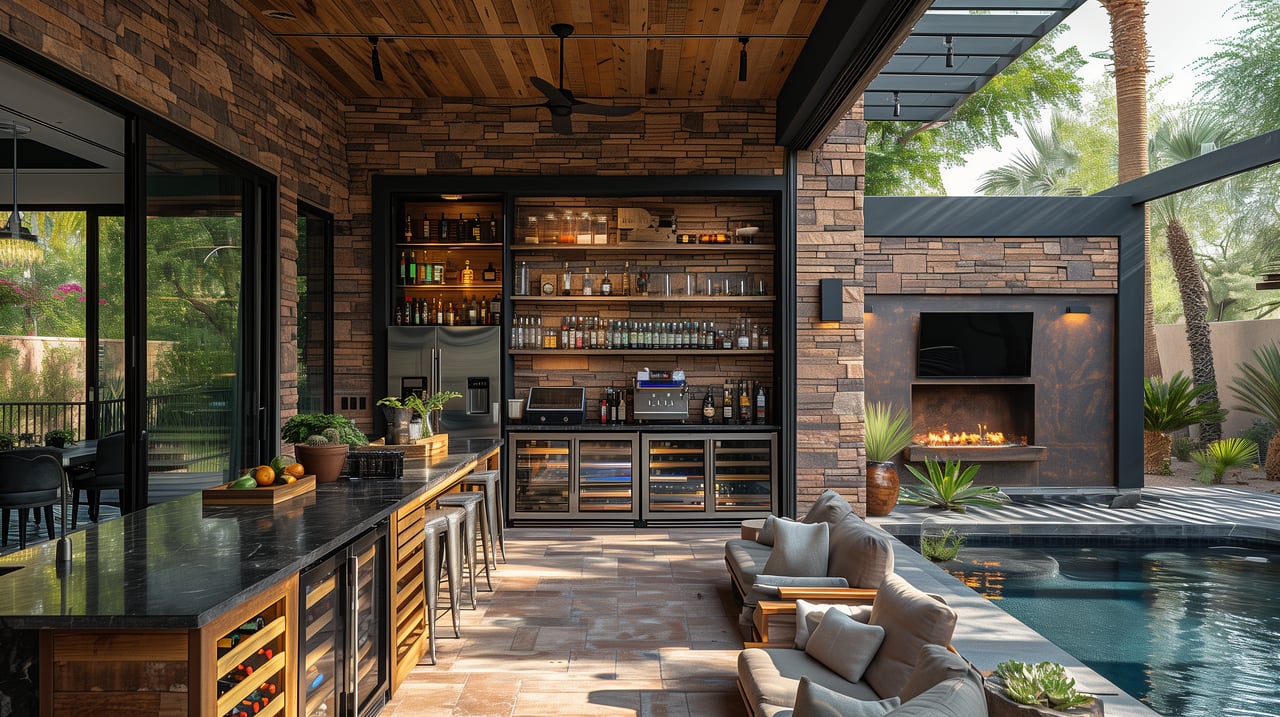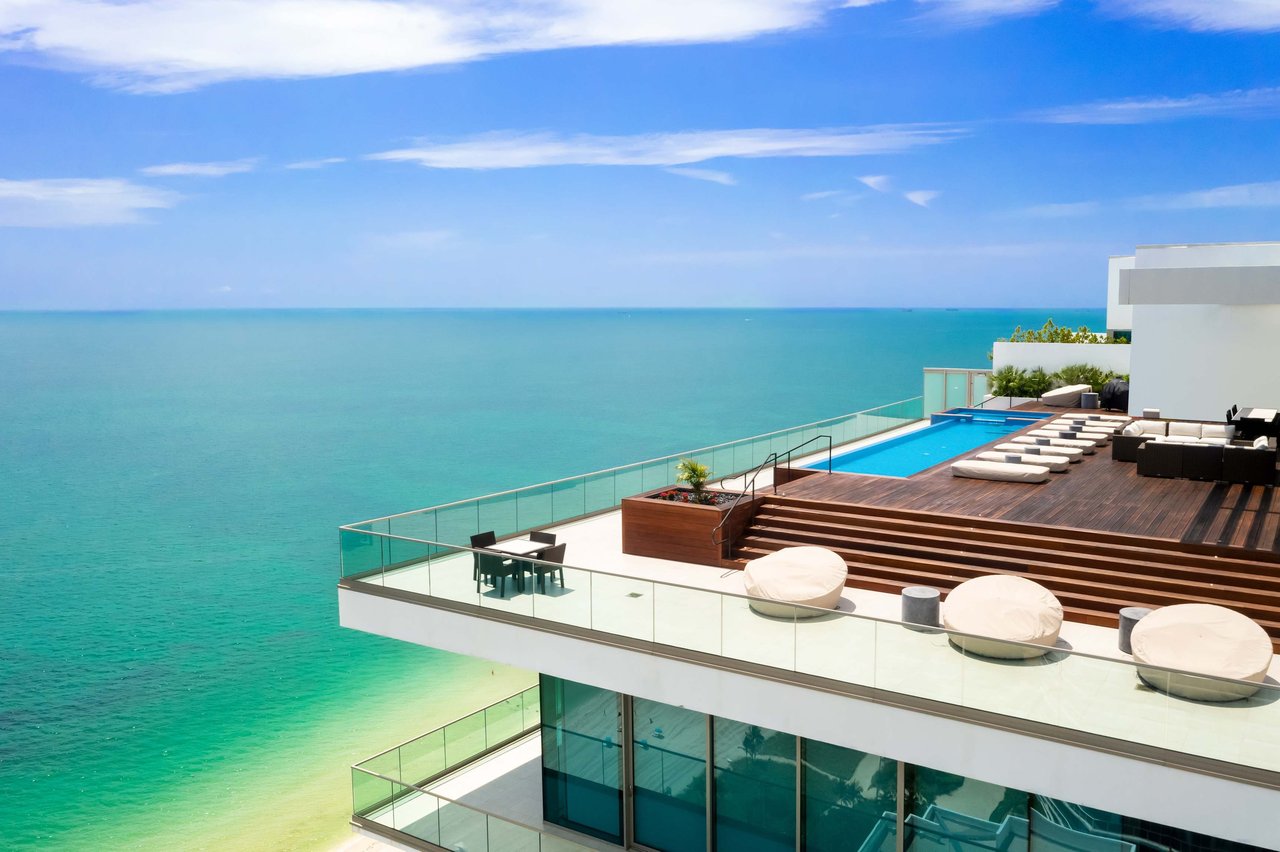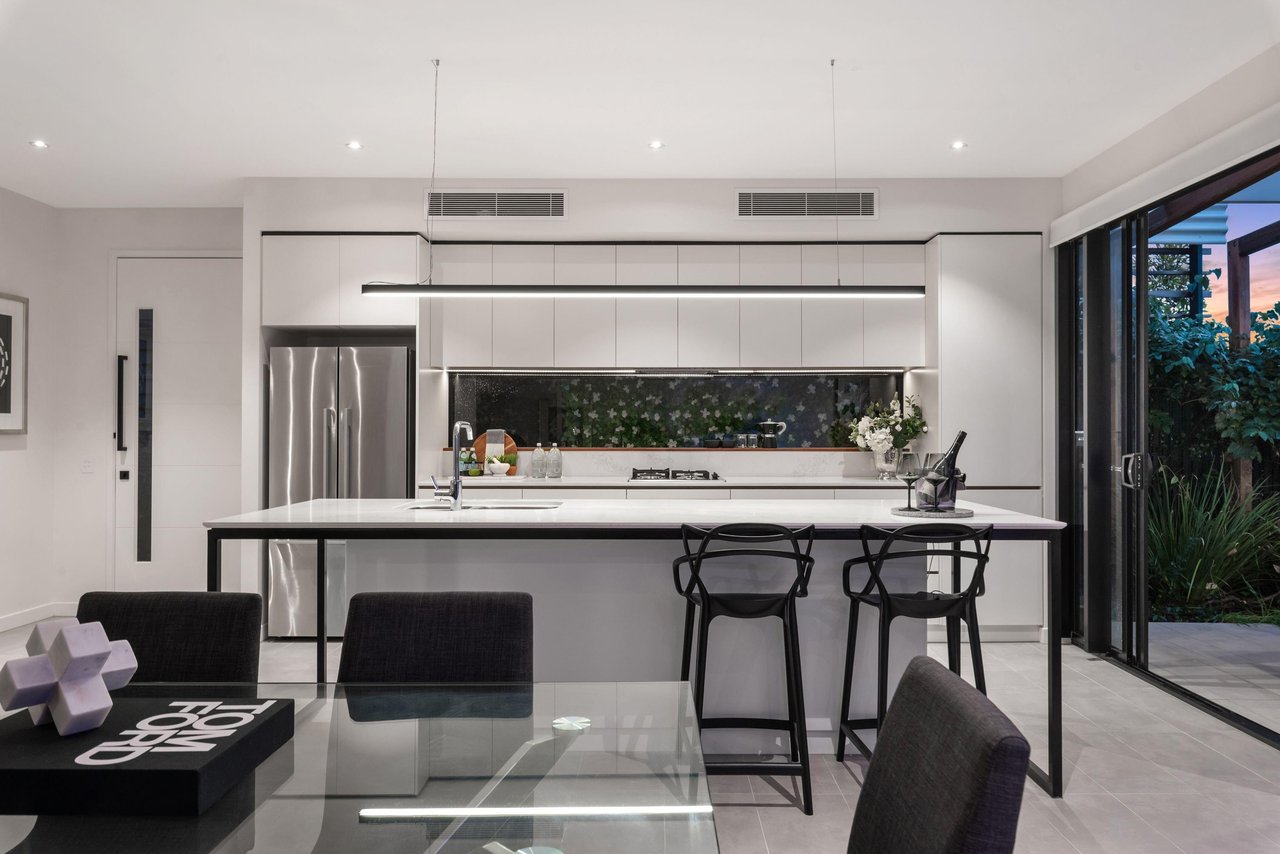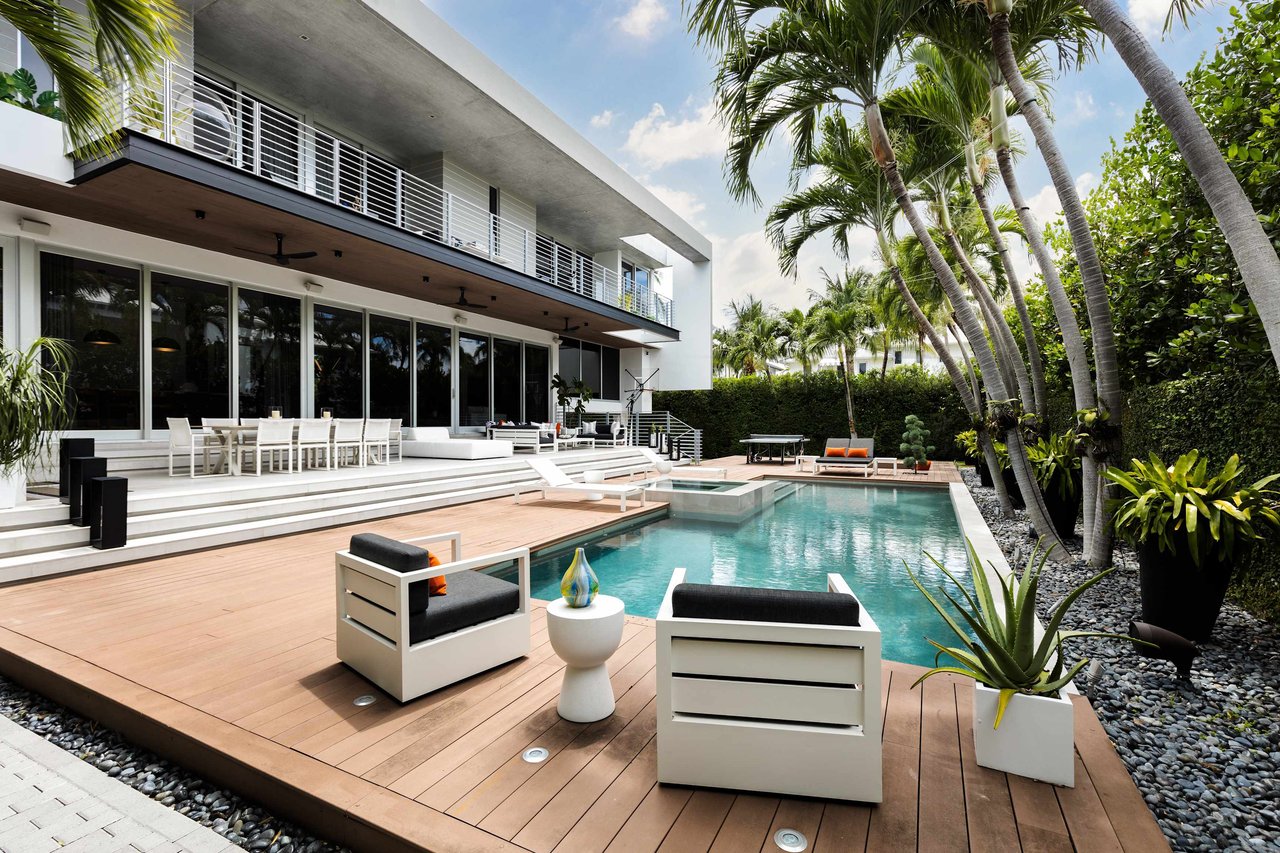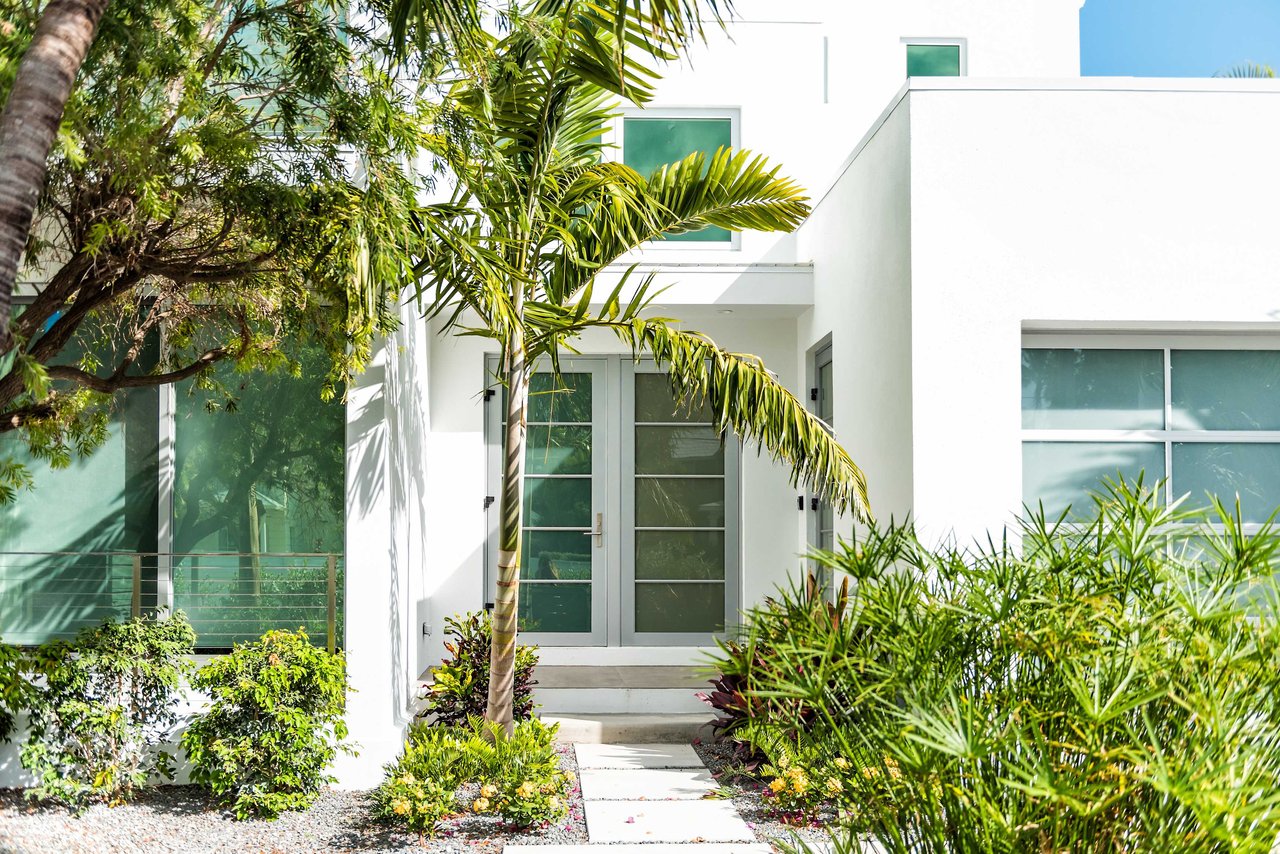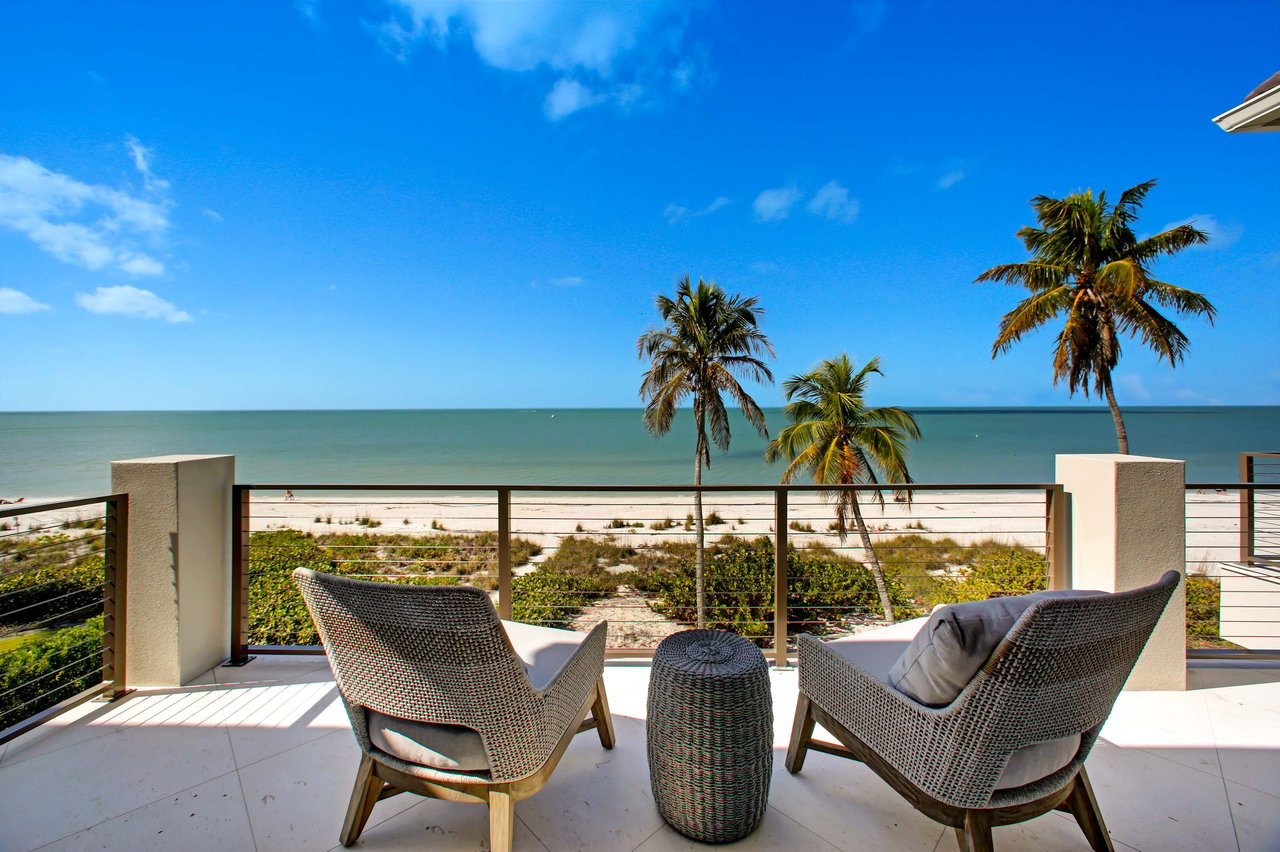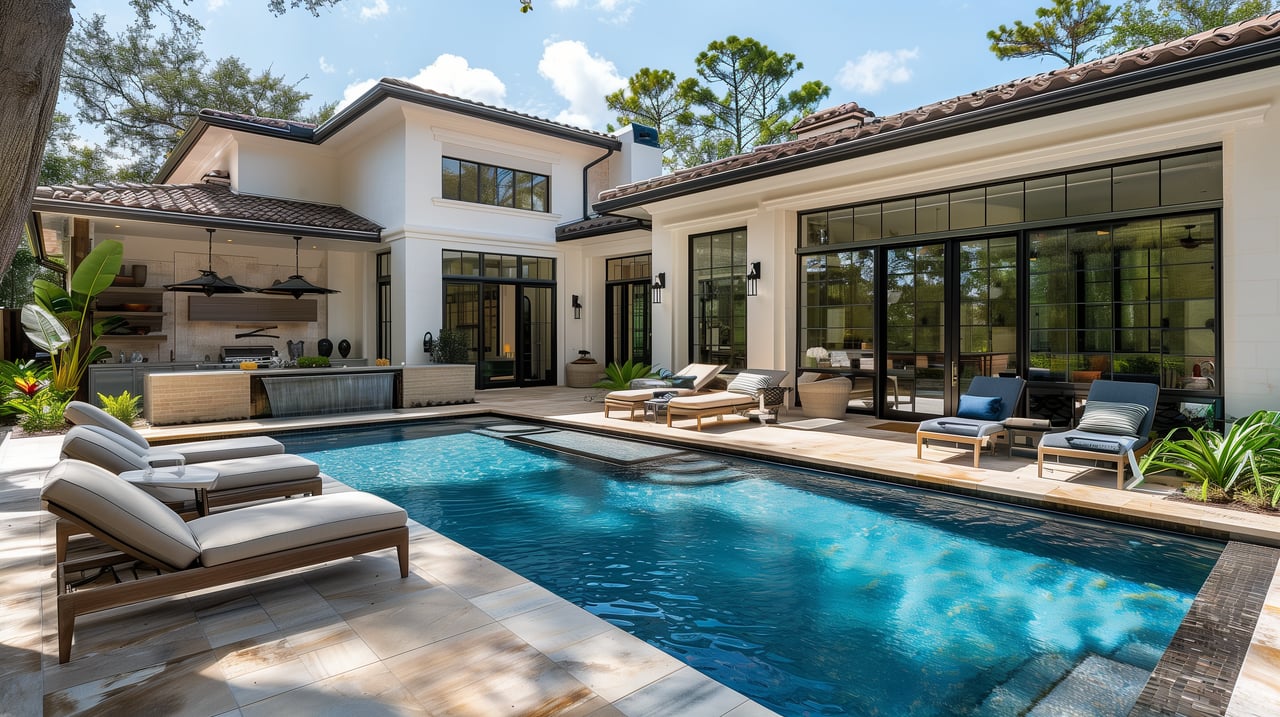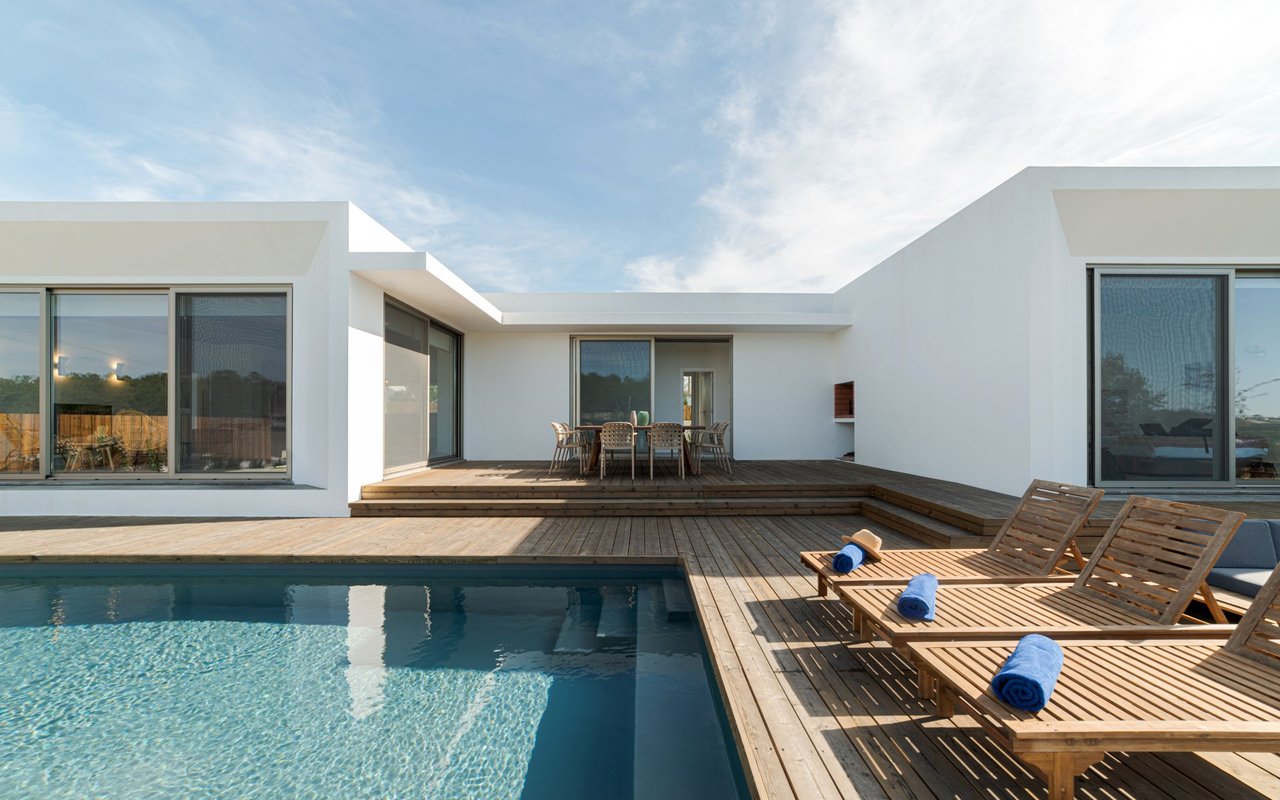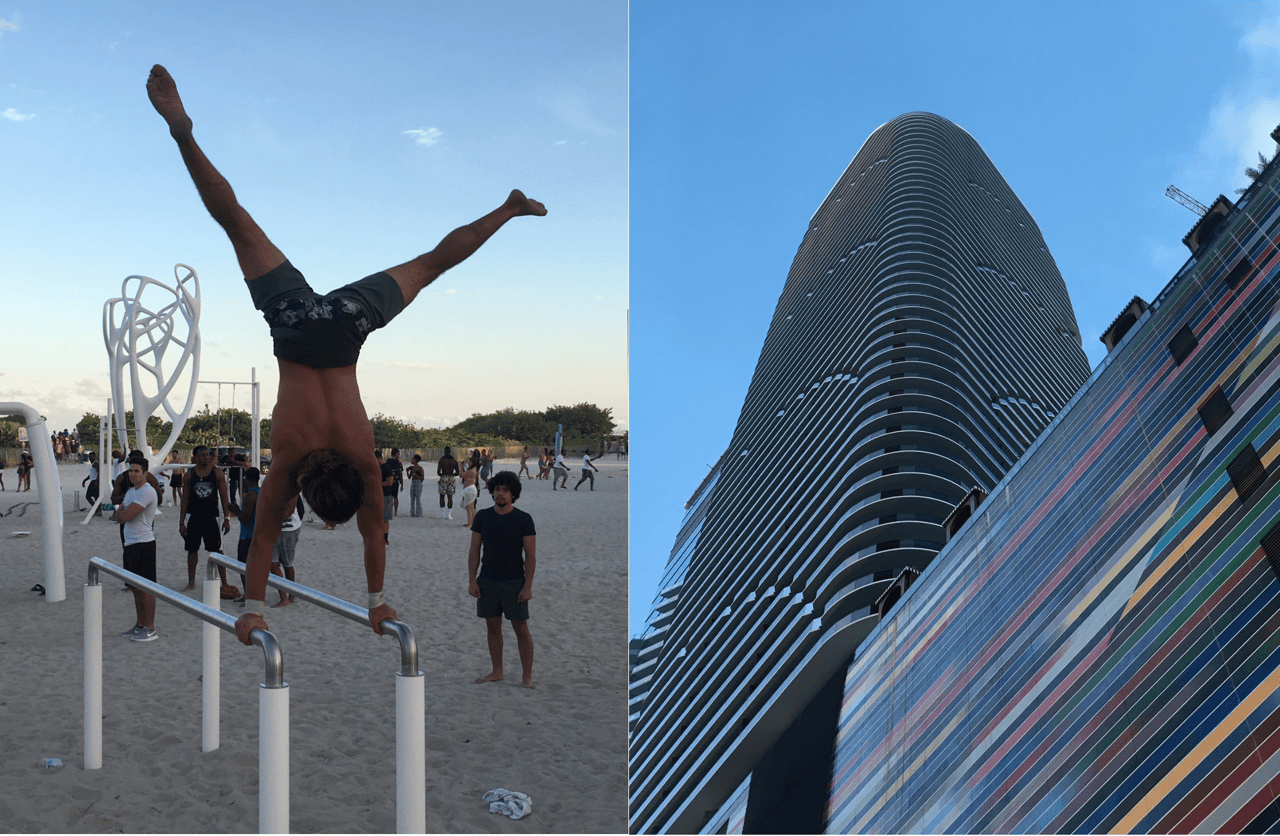In Miami, it’s the perennial question.
“The cliché is that when people move to the Miami area, they choose to live on the beach initially, before eventually moving to the mainland,” says Marco Tiné, principal of Casa Collection Group. “I say, to each his own. Some people will never leave the beach.”
The people who come—and remain—on the beach commit themselves to the lifestyle. “It’s the greatest urban beach in the world,” Tiné, says. “Just look at the water, feel the sand. And the activities —from the volleyball courts to the pop-up weekend markets in Lummus Park. And it’s so safe. Nothing can touch that, not even places like Tel Aviv, Sydney, or Rio.”
Miami Beach residents love to walk, bike, to swim—not just on vacation, but as a way of life. In many ways, the people who are happiest on Miami Beach feel most comfortable in human-scale, walkable, “village”-like neighborhoods, like the Village in New York or the Castro in San Francisco. “I love living on the beach because I can easily walk to Lincoln Road, Flamingo Park, Sunset Harbour, and South Pointe Park,” says Todd Davis, a noted interior designer—a principal of Brown Davis Architecture & Interiors—who lives in a Miami Beach condo tower with all the amenities.
“Some people who live on the beach are car-less,” Tiné says. “Maybe the only motorized vehicle they own is a Vespa or an electric bike. Other than that, I’ve never been in a place where the Ubers come so quickly. You don’t need your own car.”
And in South Beach, you don’t even need a gym (though there are plenty of good ones), with two outdoor workout fitness centers on the beach below 12th Street and another in Flamingo Park. Flamingo Park also boasts a tennis center, a track, basketball, handball, and a spectacular lap pool. “You can be out all day, finding things to do, eating outside, bringing your laptop to the park. If you only want to go inside to sleep, that’s entirely possible,” Tiné says.
By contrast, Miami proper is increasingly attractive to newcomers, especially young digital nomads, who want more of a midtown Manhattan vibe. They’ll find that sophistication in Brickell. “Lately,” Tiné says, “when I spend time in Brickell and the City Centre area, with all the modern architecture, the street life is so vibrant, and the energy is so noticeable, that it feels like the ‘skyscraper’ part of New York—except without the snow and cold.”
But, of course, you can’t reduce the mainland to Brickell—or Miami Beach to the Art Deco District. The two cities on either side of Biscayne Bay are varied in terms of real estate and lifestyle. In Miami Beach, you can enjoy the walkability of an urban lifestyle, hole up in a historic midcentury boutique building, and live minutes from the sand—that’s all true. But you can also live in a more suburban style, in a stately or modern single-family house (with a three-car garage) that’s custom-built to order. Or you can live in a condo tower on the bay or on the beach.
Similarly, the mainland offers so much: You can choose an avant-garde neighborhood like Wynwood, which is offering more and more services to residents as it matures. You can live in the leafy beauty of Coral Gables, or revel in the community feel of Coconut Grove. Downtown, which is rapidly gentrifying, comes with access to the city’s major cultural institutions. If you fancy a future of flying taxis among glittering towers, downtown is the place. If you want to live in a modern condo skyscraper, the mainland has more inventory than the beach.
In sum, both the beach and the mainland offer a variety of ways of living. “The only general difference I can point to,” Tiné says, “is that the beach, being the beach, is a bit more laid-back. And the city of Miami Beach, positioned on this skinny, lush barrier island, is, hands-down, the place for water lovers.”
Aquarians take note.
